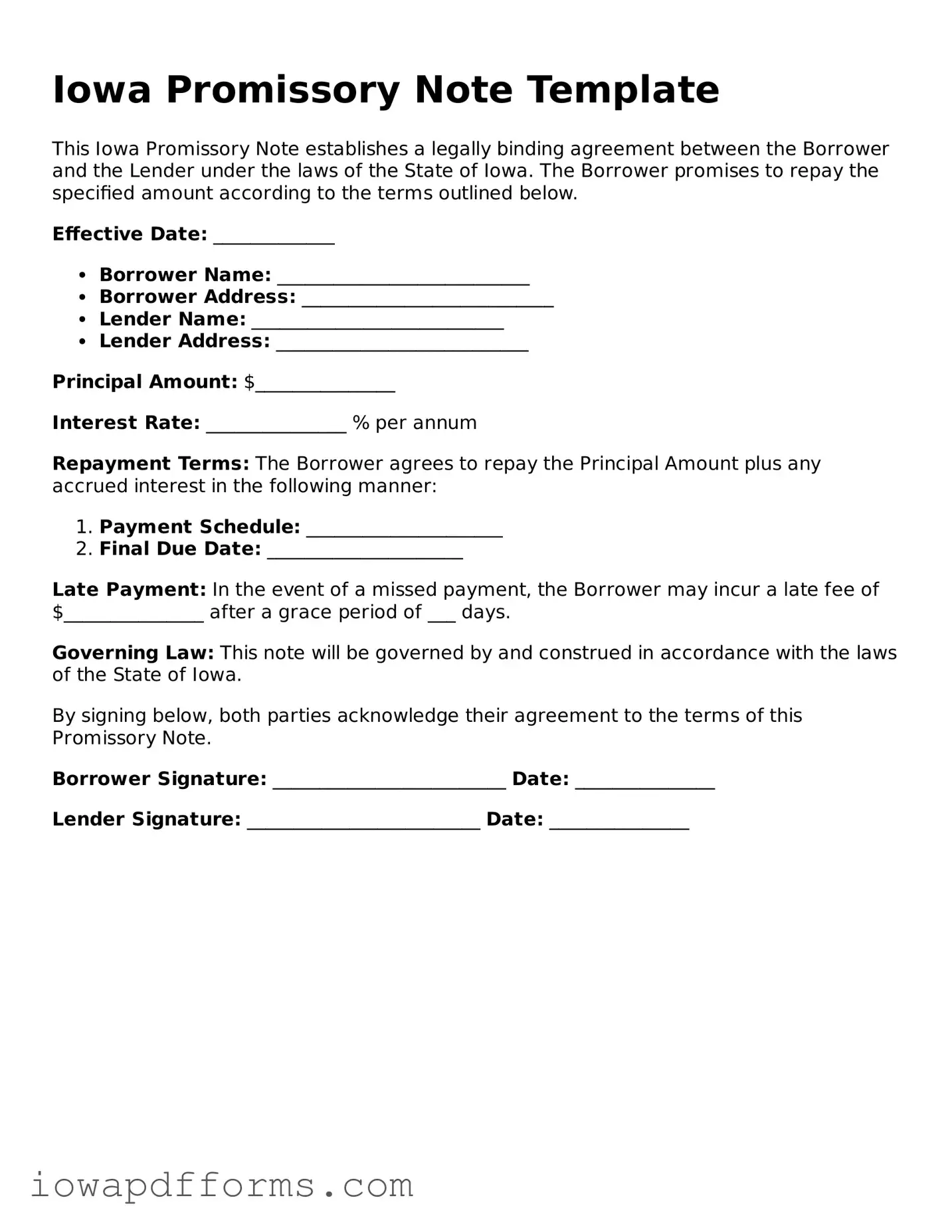A loan agreement is a document that outlines the terms of a loan between a lender and a borrower. Like a promissory note, it specifies the amount borrowed, interest rates, and repayment terms. However, a loan agreement often includes additional details such as collateral and conditions for default, making it more comprehensive than a standard promissory note.
In the realm of real estate transactions, understanding various forms is crucial, and one such essential document is the Texas TREC Residential Contract form. This standardized form is used in the sale of residential properties and outlines important terms agreed upon by both parties. For more information, visit Texas Documents to ensure you have all the necessary knowledge for a successful transaction.
A personal loan agreement serves a similar purpose to a promissory note but is typically used for loans between individuals. It details the loan amount, repayment schedule, and any interest. While a promissory note is a straightforward promise to pay, a personal loan agreement can include terms that protect both parties, such as what happens if the borrower fails to repay.
A mortgage is a specific type of promissory note that involves real estate. It secures the loan with the property itself. Like a standard promissory note, it outlines the borrower's obligation to repay the loan. However, a mortgage also includes clauses related to foreclosure and the lender's rights to the property if the borrower defaults.
A car loan agreement is similar to a promissory note but specifically pertains to financing the purchase of a vehicle. It outlines the loan amount, interest rate, and repayment schedule. Just like a promissory note, it serves as a legal document that holds the borrower accountable for repayment, but it may also include details about the vehicle being financed.
A business loan agreement is tailored for loans taken out by businesses. It functions similarly to a promissory note by specifying the loan amount and repayment terms. However, it often includes additional provisions related to the business’s financial health and may require personal guarantees from business owners, making it more complex.
An installment agreement is a payment plan that allows a borrower to pay back a debt in regular installments over time. It shares similarities with a promissory note in that it outlines the payment schedule and total amount owed. However, it often includes more detailed terms regarding late payments and penalties.
A demand note is a type of promissory note that can be called in for payment at any time. While it shares the basic structure of a standard promissory note, it differs in that the lender can request repayment without prior notice, making it a more flexible but potentially risky option for borrowers.
A lease agreement, while primarily used for renting property, can have similarities to a promissory note in that it requires regular payments. It outlines the terms of the lease, including payment amounts and due dates. However, it also covers responsibilities related to property maintenance and use, which a promissory note does not.
A credit agreement is a broader document that outlines the terms of a line of credit. It is similar to a promissory note in that it details repayment terms and interest rates. However, a credit agreement may allow for borrowing up to a certain limit and includes terms on how and when the borrower can draw funds.
A student loan agreement is specifically designed for educational financing. Like a promissory note, it details the loan amount and repayment terms. However, it often includes provisions for deferment and forgiveness, which are not typically found in standard promissory notes, reflecting the unique nature of educational financing.
